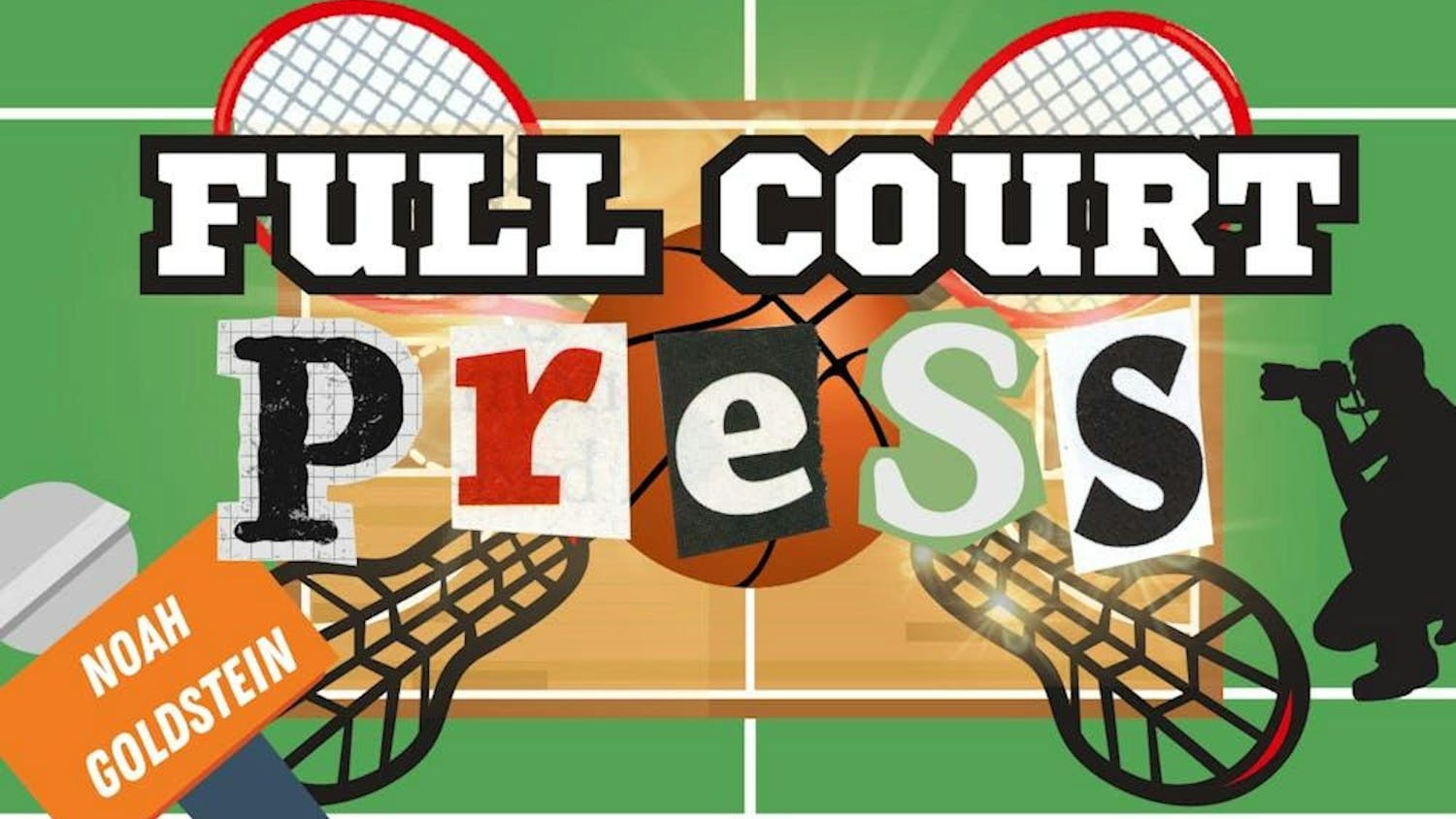In one of the most bizarre experiences of my young life, I once ended up at my sister’s ex-boyfriend’s house with a few older kids on a Sunday night and witnessed an abomination of filmmaking: the infamous "Troll 2" (1990).
I ate some Doritos and watched as everything I thought a movie couldn’t mess up was messed up; each scene a new way to stoop to the lowest of the low. I was blown away. How could adults create a living version of a nightmare on screen?
The story of the film is well-known, but I encourage those of you who’ve never actually sat down and decided to obliterate two hours of your life for no purpose to do so; some might call it enlightening. In the late '80s, some experimental Italian producers who spoke little English decided to write and direct a film called "Goblins," adhering to the brilliant philosophy that what mattered most in film was profit and not quality.
After a troubled production that likely stemmed from director Claudio Fragasso not knowing much English and then producing a film entirely in English, the film was set to be released as Goblins. However, the thought came about to slyly call the film "Troll 2" instead. Why, you might ask? The goal, at least the one beyond numbing the minds of cult-following teenagers in later decades, was to trick the American public into thinking the film was a sequel to 1986’s "Troll." Innovative, yes?
The real issue on this front is that in this film, retitled "Troll 2," there are no trolls, nor any mention of trolls, or really any connection to trolls at all. Instead, we get the story of a family arriving in Nilbog (Five bucks to whoever can spell that backward and uncover the big twist!) and suffering numerous food-related or erotic misadventures with the (You guessed it!) goblins that populate the town.
It’s key to note the stringent and powerful anti-vegetarianism subtext that persists through the film like it does in all important horror films. Also important are the casting decisions: Our main father figure Michael is portrayed by a practicing dentist (George Hardy) who would see patients during the time of the shoot, and wouldn’t recover in the public sphere until he made a documentary about how terrible the movie was 20 years later.
Other focal points include a woman turning people into plants in a plot that you can’t quite tell is related to the rest of the film, and the makeup and costumes for the goblins reminding you of why low-budget cinema doesn’t succeed.
I implore all of you, saddled by the stress of higher education, to put this movie on with your friends and truly let your mind operate on such a low level that you’re bound to feel refreshed. At least watch until the popcorn scene — it will provide an eye-opening and mind-blowing to life-changing take on sexuality. You will be unable to forget it.
More from The Tufts Daily
Full Court Press: Trump is ruining combat sports
By
Noah Goldstein
| November 22





